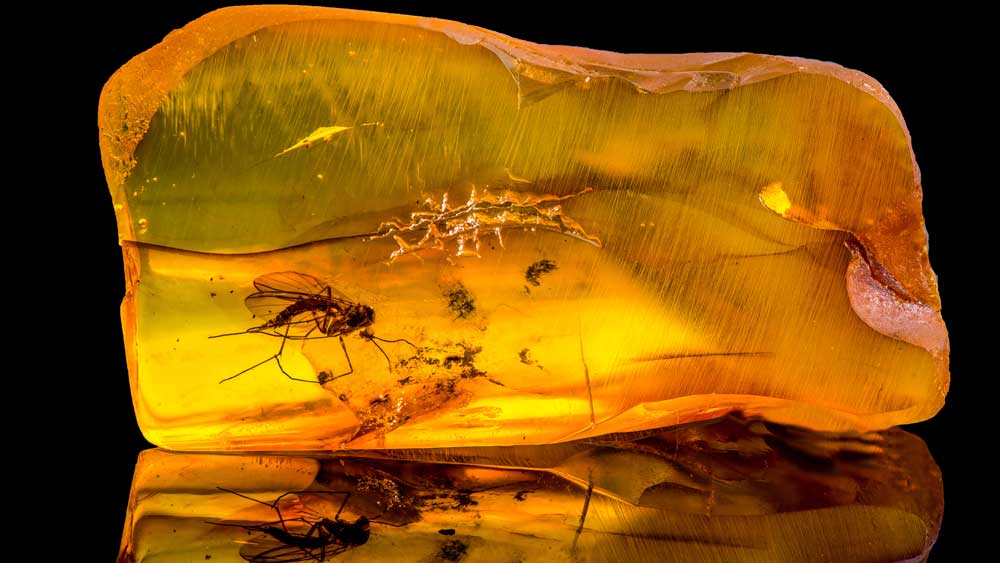This article discusses the ability to extract ancient DNA from insects trapped in copal. It tests the hypothesis of whether or not aDNA (ancient DNA) could possibly be preserved over such an extensive period of time. They were able to extract endogenous DNA molecules from one of the samples they analyzed, and able to make taxonomic identifications regarding the organism, though it was incredibly degraded. They did so via radiocarbon analysis. They discuss struggles regarding human DNA contamination, and how tedious the separation of modern human DNA from the aDNA was. Additionally, they discuss reasons behind why they advise against this type of analysis- it is highly destructive to the samples.
I am highly interested in the extraction, sequencing, and use of ancient DNA in modern studies. Therefore, it is not surprising that I find this article incredibly fascinating. Scientifically, I find this an incredible feat, which is primarily attributed to the fact that DNA degrades so quickly. It is absolutely insane to think that we may be able to extract ancient biomolecules, and harness the ability to not only make assumptions about ancient organisms, but also use the information gathered to make strides in modern genetic research.

No comments:
Post a Comment